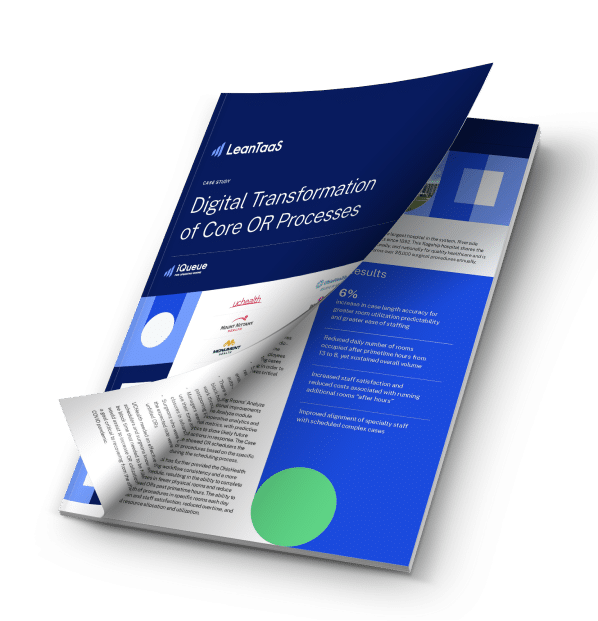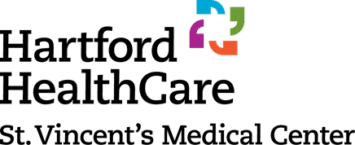Located in Portland, OR, Oregon Health and Science University’s (OHSU) Center for Health and Healing (CHH) has 15 ORs and employs 91 perioperative RNs and surgical technicians. CHH shares staff with two other facilities and prioritizes staff cross-training and development.
15 operating rooms
91 perioperative RNs & Surgical Technicians
2 facilities
CHH’s service line coordinators (SLCs) had the knowledge, skill, and expertise to create optimal OR staff assignments, advance cross-training opportunities, and ensure patient safety. But without centralized digital tools, which surfaced complete and up-to-date staff experience, this work involved significant cognitive burden.
Building the next day’s staff assignments was a multi-step, manual, and duplicative process. SLCs did not have full access to each staff member’s experience with various procedures and surgeons, instead relying on personal and institutional knowledge. When they assigned floating or orientee staff, they had to wait to personally confirm experience with staff members or their coordinators. Updates on staff experience that impacted assignments had to be made on both paper rosters and the EHR. At times, these could not be made until the day of surgery and required changing other assignments. Nurse managers and charge nurses also did time-consuming manual work.
SLCs, nurse managers, and charge nurses spent up to an hour each day on OR assignments, taking time away from supporting staff and overseeing patient care. Not only did these processes lead to assignment delays, they did not support efforts to fully utilize OR staff or to provide them with development and growth opportunities.
As OHSU had already partnered with LeanTaaS to deploy iQueue for Operating Rooms, CHH was able to efficiently pilot the new iQueue Staff Planner module to streamline OR staffing operations.
Using iQueue Staff Planner’s Daily Roster tool, SLCs streamlined the multi-step assignment process, eliminating duplicate data entry and automating communications. They also leveraged the module’s “single source of truth” for the staff roster, OR assignments, and staff experience information. With full insight into staff experience, including orientees and staff floating from other facilities, SLCs, nurse managers, and charge nurses were able to create staff assignments more efficiently. Nurse managers also used the streamlined workflows and knowledge to rapidly increase staff robotic competency and strengthen the available resource pool to staff robotic cases.
After using iQueue Staff Planner for six months, SLCSs, nurse managers, and charge nurses saved significant time in creating optimal staff assignments, and were able to share up-to-date, informative resources on staff’s backgrounds and reveal the fastest paths to support staff development and patient safety. Using iQueue helped foster a deep sense of collaboration in their shared purpose of developing staff.









Take the first step towards unlocking capacity, generating ROI, and increasing patient access.
If you work in the healthcare industry, or even if you’re just an interested observer, you don’t need a book to tell you that the financial pressure is on as never before. A perfect storm of circumstances is swirling together, one that will make survivability, not to mention profitability, a greater challenge for healthcare companies than we’ve seen in the modern era.
As with banks, retailers, and airlines, which had to rapidly enhance their brick-and-mortar footprints with robust online business models—it is the early movers eager to gain new efficiencies that will thrive and gain market share. The slow-to-move and the inefficient will end up being consolidated into larger health systems seeking to expand their geographical footprints.
Let’s look at just a few of the looming challenges healthcare must meet head-on.
An aging population
By the year 2030, the number of adults sixty-five years of age or older will exceed the number of children eighteen years or younger in the United States. We are living longer than our parents did. Positive news for sure, but problematic for several reasons.
The older we get, the more medical help we need. Older people have more chronic diseases. By 2025, nearly 50 percent of the population will suffer from one or more chronic diseases that will require ongoing medical intervention. This combination of an aging population and an increase in chronic diseases will create a ballooning demand for healthcare services.